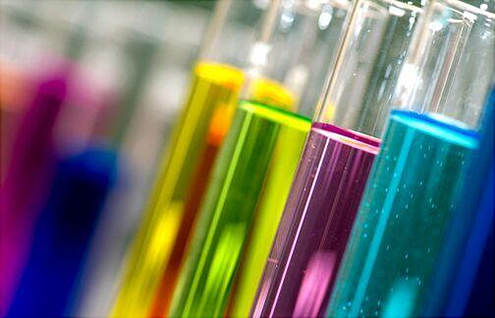No products in the cart.

In history, frequent incidents involving lead in drinking water have been reported. The last publicised instance happened in Flint, Michigan USA, in January 2016. Since the summer of 2014, the city had been drawing its drinking water from the river to save money. The aggressive water caused the lead to be released from the outdated pipelines, and many citizens were taken ill as a result of being exposed to contaminated drinking water. President Obama declared a federal emergency in the region. The cloudy, smelly water led to residents suffering from vomiting, rash and loss of hair. The heavy metal had been flushed out and washed into the water taps of the residents’ homes.
For decades, governments have constantly endeavoured to replace the old pipelines and valves of lead or lead alloys for the population and to restrict the use of lead alloys in new pipelines.
The American, Asian and European standards in place for drinking water valves mainly restrict the lead content as well as the release of lead into drinking water.
For the sake of people’s health, more and more new and stricter standards for drinking water valves have been emerging in order to reduce the lead content. The richer a country is, the lower the maximum permissible lead content is.
The standards related to materials for drinking water valves are as follows:-
| World Zone | Standard | Effective from | Lead Content | Release of Lead into Drinking Water |
|---|---|---|---|---|
| Amerika | NSF/ANSI61 | 16.03.2014 | ≤ 0,25% | ≤ 5 µg/L |
| Asien | GB18145 | 01.12.2014 | ≤ 0,25% | ≤ 5 µg/L |
| Europa | 4MS | 01.01.2017 * | ≤0,25%* | ≤ 10*µg/L |
* ) TBC
4 MS: Germany, France, Holland, England
| World Zone | Standard | Effective from | Lead Content | Release of Lead into Drinking Water |
|---|---|---|---|---|
| Amerika | NSF/ANSI61/2001 | 15.03.2014 | ≤ 3,8% | ≤ 11 µg/L |
| Asien | GB18145/2003 | 30.11.2014 | ≤ 3,0% | ≤ 5 µg/L |
| Europa | DIN50930-6/2001 | 01.01.2017 | ≤ 3,5% | ≤ 10 µg/L |
NSF = National Sanitation Foundation
Stainless steel does not contain lead and does not release any lead into drinking water. Therefore, stainless steel is recommended as a safe material for drinking water valves by all countries
However, due to higher production costs and low productivity as compared to brass/chrome valves, stainless steel valves are common in rich countries only.
And what is more, the production processes for stainless steel are environmentally friendly. The chemical processes typically used in the production of brass/chrome valves, such as e.g. nickel plating or chromium plating, are not required. Production workers are not exposed to health risks caused by chemicals.
For the sake of your own health, production workers’ health and the environment, we recommend the use of stainless steel valves to you.
About the materials of the valves commercially available
Frequently used stainless steel
DIN EN10213 1.4308/1.4301
(Commonly referred to as solid stainless steel or 18/10 stainless steel)
Chemical analysis [%]
C ≤0.07 Si ≤1.50 Mn ≤1.50 P ≤0.040 S ≤0.030
Cr 18.0-20.0 Ni 8.0-11.0 Cu ≤0.50
Hardness: 187HB, working temperature: -196 degrees C to 540 degrees C
Frequently used brass
DIN 50930-6/DIN EN1982 2.0291 / CuZn33Pb2
(Commonly referred to as DIN 50930-6 brass, chrome, chrome-plated brass, stainless steel look, stainless steel finish or without material information)
Chemical analysis [%]
Cu 63.0-67.0 Al ≤ 0.1 Fe ≤0.8 Ni ≤1.0 Sn ≤1.5 Zn rest
Hardness: 50HB, working temperature: -273 degrees C to 200 degrees C


 Deutsch
Deutsch